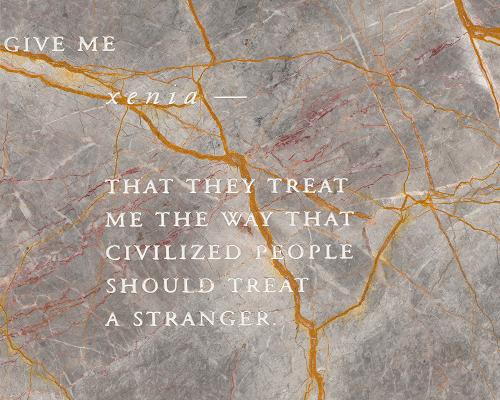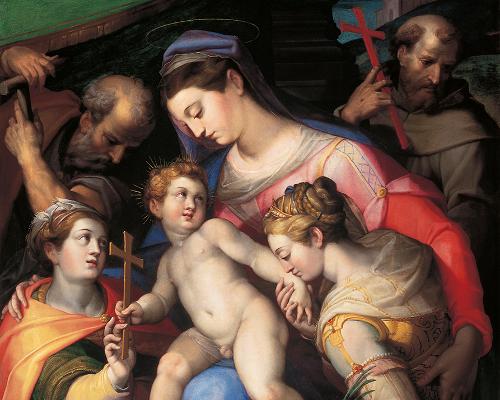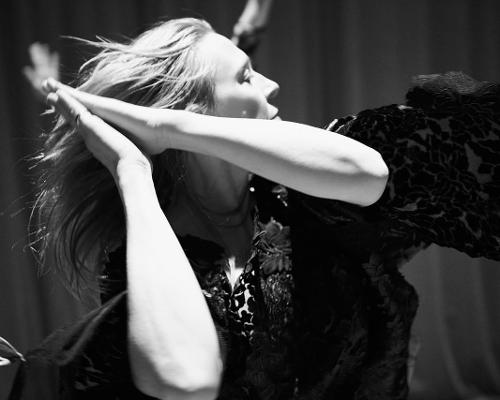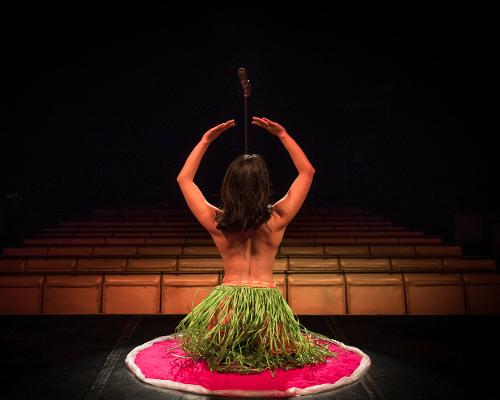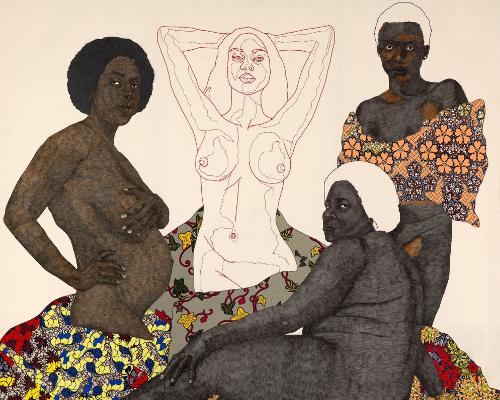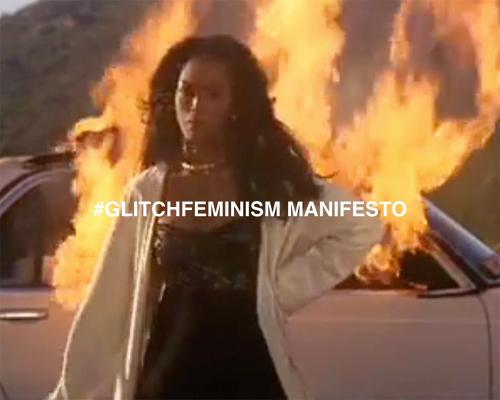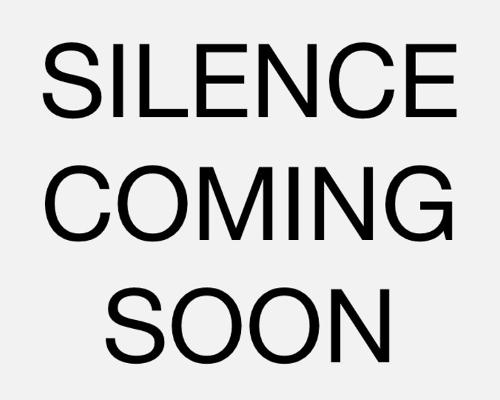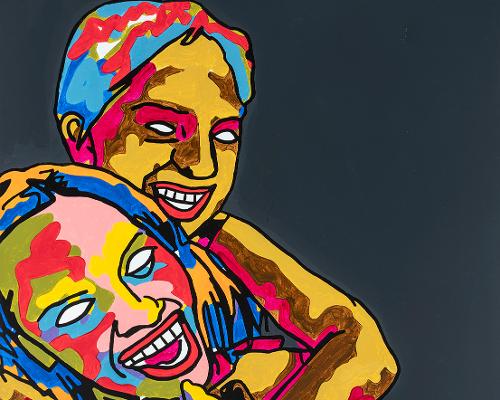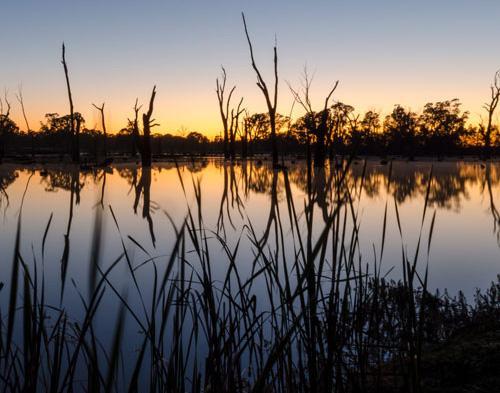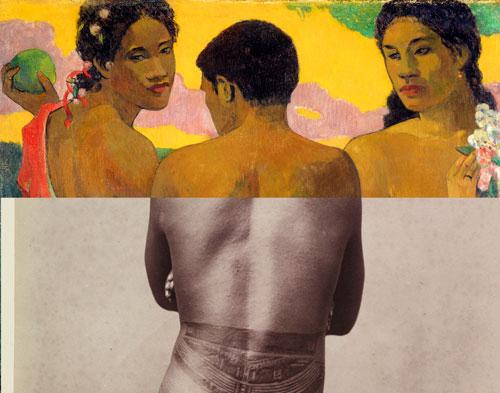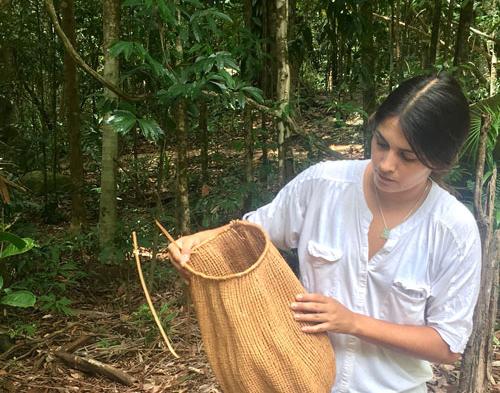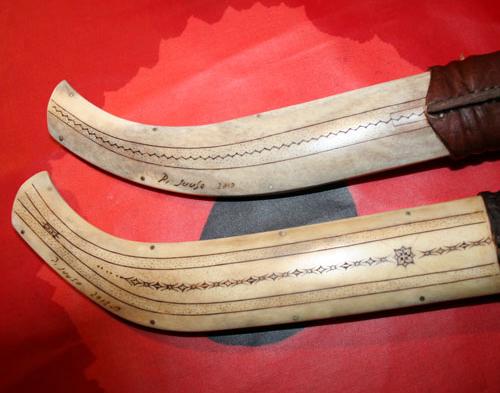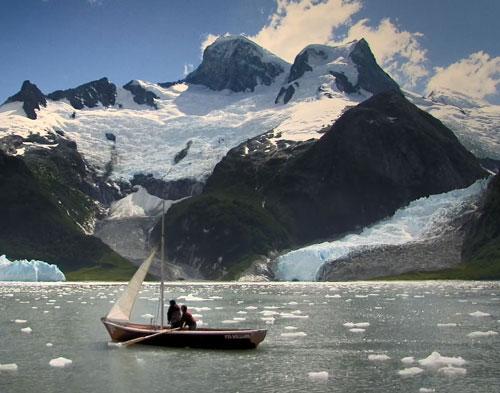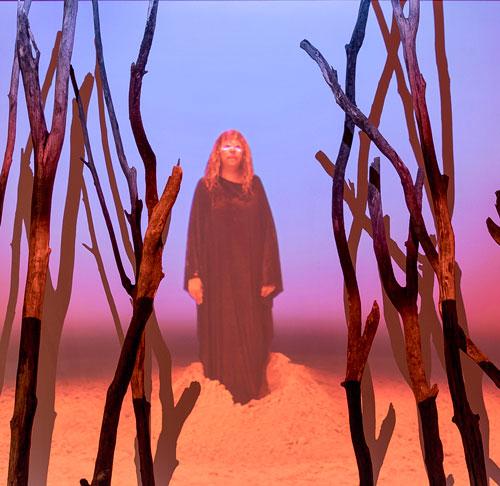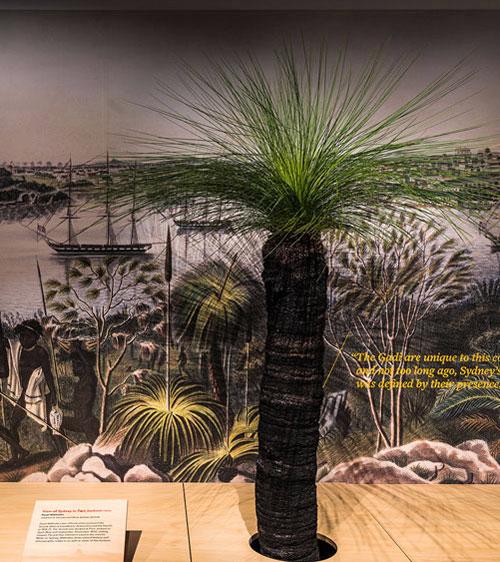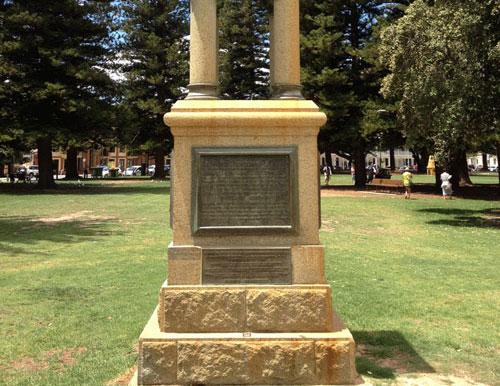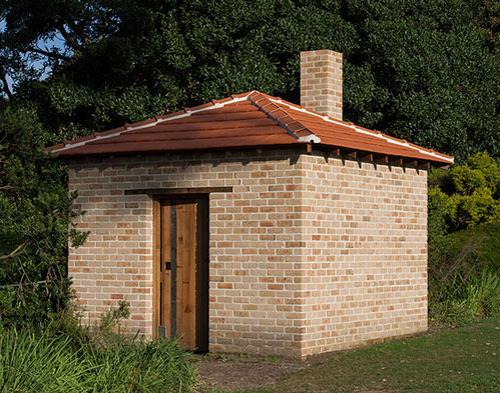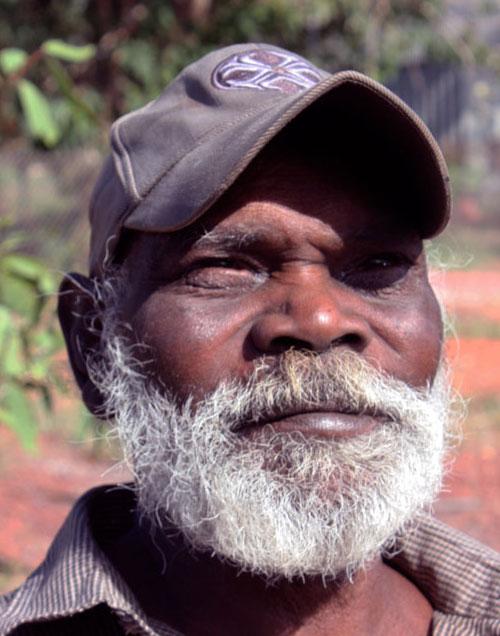Search
You searched for contributors, issues and articles tagged with Language ...
Contributors
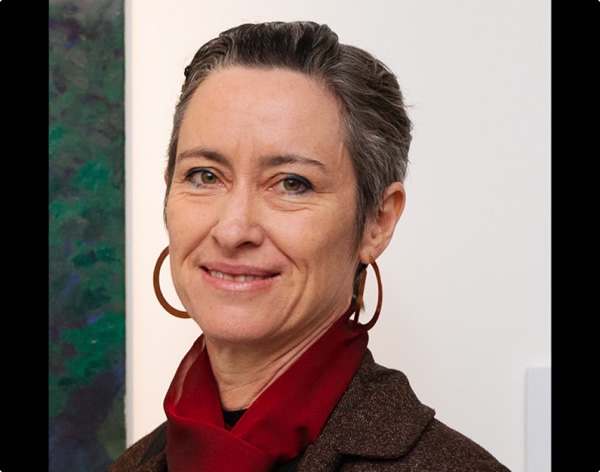
Issues
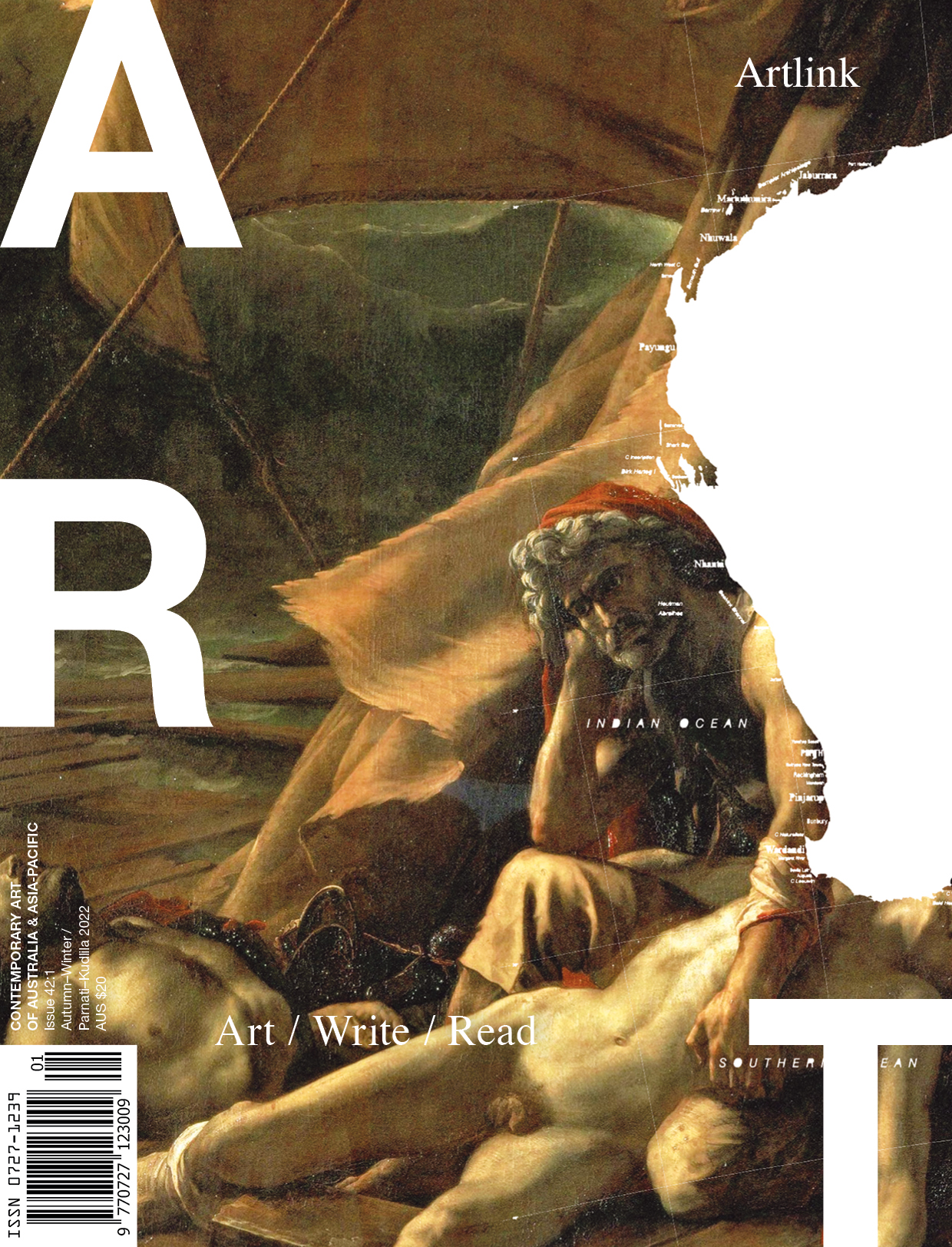
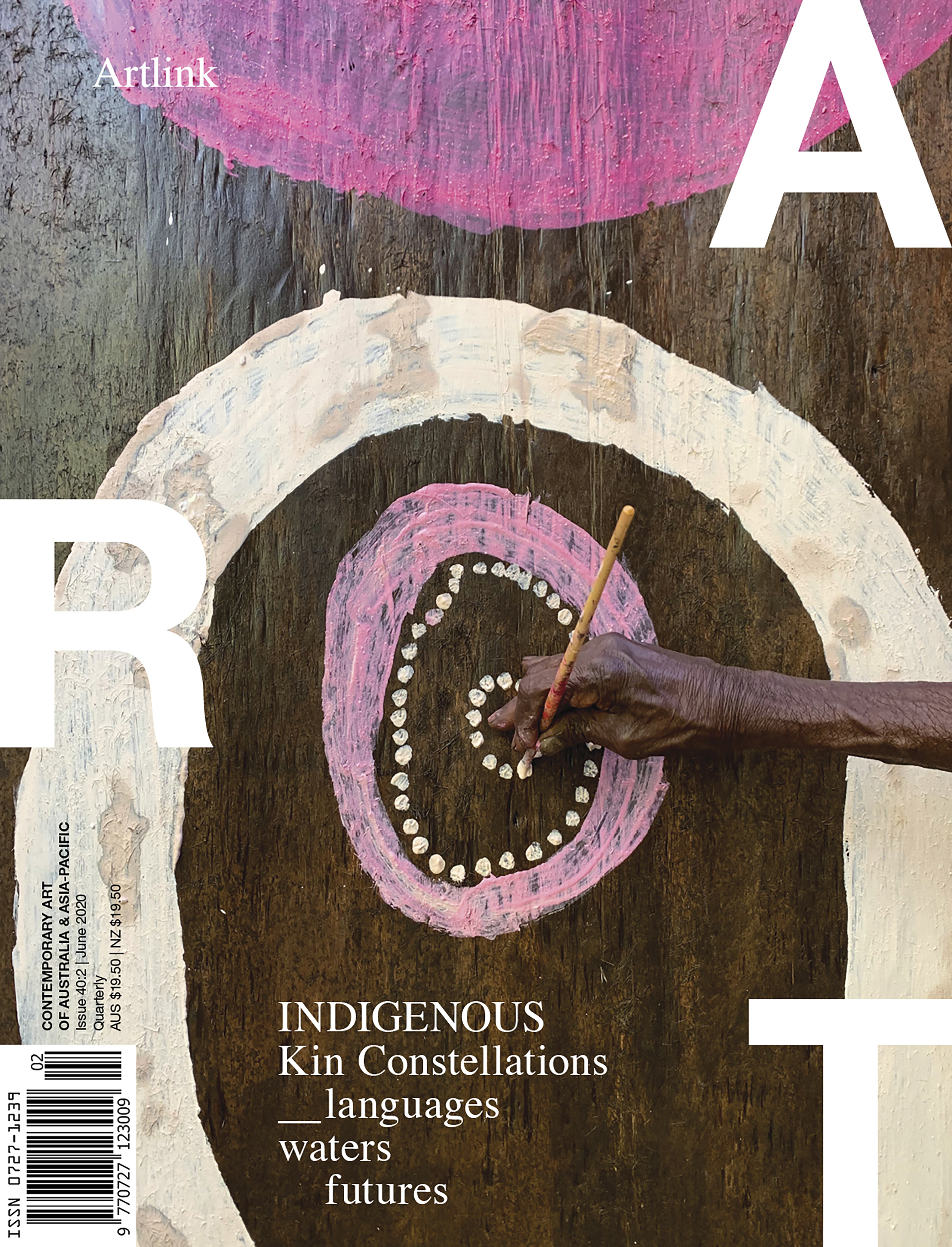
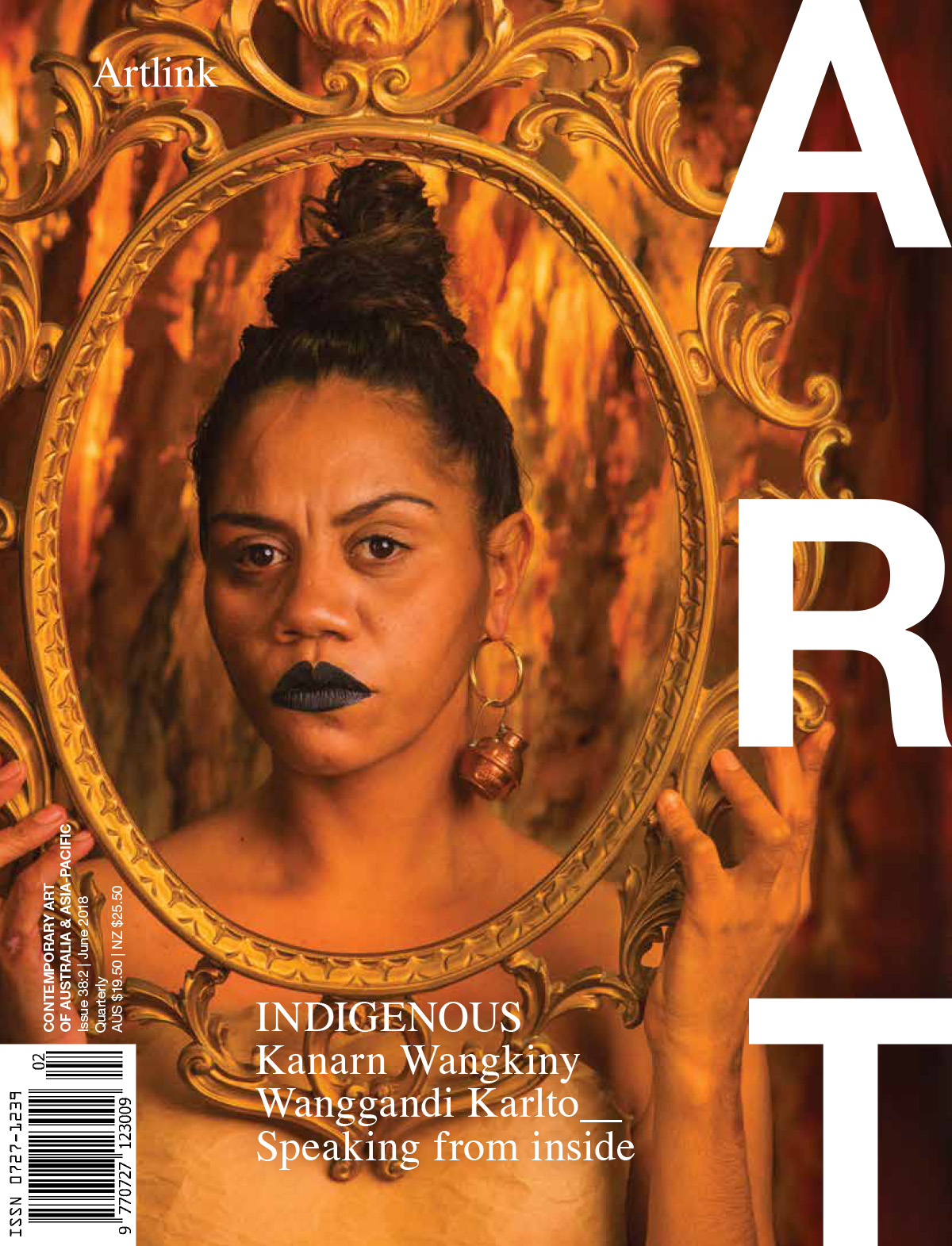
Articles

Founded in Melbourne by Paul Taylor in 1981, the Australian art magazine Art & Text began the same year Stephanie Britton founded Artlink in Adelaide. During the 1980s and 1990s, Art & Text made global waves. From its earliest issues, it infused art criticism with critical theory when that very notion was radical and fresh in Australia. By his mid-twenties, Taylor had curated POPISM at the National Gallery of Victoria (1982), edited the landmark volume Anything Goes: Art in Australia 1970–1980 (1984) and had moved to New York to become a renowned critic for Vanity Fair, Flash Art and The New York Times.
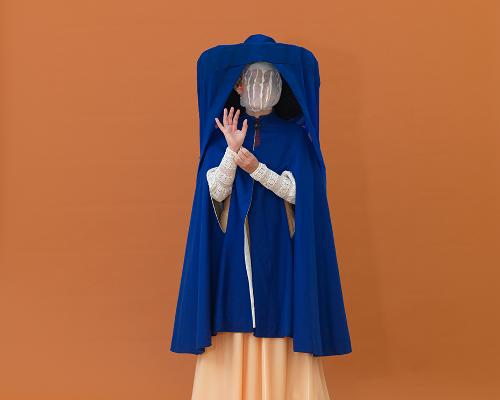
In an essay discussing art criticism and the pain it can inflict, the European critic Jan Verwoert reflects on the way most writing on contemporary art has sublimated its brutality or—some would say—its honesty: The main reason for the polite tone in art criticism [...] is that—contrary to the distance that, for instance, separates the opera critic from the social milieu of the orchestra musician—art critics and artists mingle in the same milieu. There is no stage between them. It’s impossible to deny that you are part of the same living social community when the artist you just wrote badly about is also someone you are bound to soon run into again at the next opening in town ...
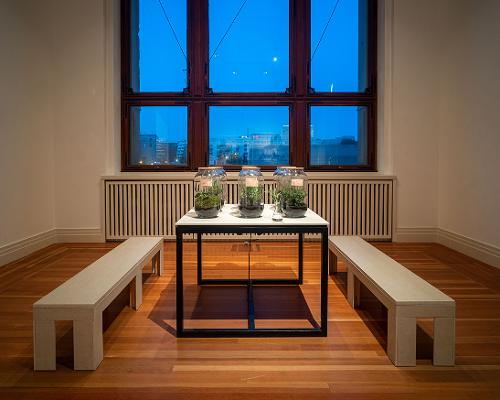
Ngami-lda-nha / looking
In our past/present/future continuum, we can look simultaneously to the potential of what is and what can be, acknowledging that what we are currently seeing and experiencing is also that which is ‘not yet’. Friend and fellow Gamilaroi Countryman Joshua Waters speaks to the sight/foresight of our ancestors through a story of Garruu Winangali Gii/Uncle Paul Spearim, pointing out to him a barran/boomerang in a tree. Joshua recounts how he spent minutes ‘foolishly looking …for a literal boomerang’, only to realise later that what Garruu was talking about was the ‘future potential state’ of a particular branch that had the perfect curvature from which to shape a barran. Looking to the future, in the now, we also acknowledge and deeply winangali/listen/understand/respect the past work and words of other Blak artists, authors, and thinkers who have generously shaped and progressed what is—in terms of Indigenous art and art criticism, our ongoing agitation for autonomy, agency, and the re-centring and de-homogenising of our art practices amidst constant mainstreaming pressures and perspectives.

Because their guiding principles aligned, D Harding was a natural fit as the candidate for curating an exhibition of Australian Aboriginal art from the Luciano Benetton and Imago Mundi Collection. Referring to their Bidjara philosophy, D wrote in their proposal: ‘We don’t exclude anyone; we allow people to exclude themselves.’ They met at the confluence of a similar ethos and aesthetics that underpins D’s art practice and Benetton’s projects, including his well-known fashion house United Colors of Benetton.
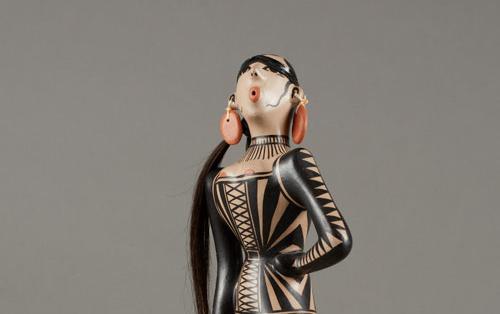
An interview with First Nations curators Kathleen Ash-Milby, Maia Nuku and Nigel Borell.

I am of the Tati Tati, Latji Latji, Wadi Wadi, Mutti Mutti, Yitha Yitha and Nari Nari peoples of the Murray River, Murrumbidgee River, Lachlan River, Edwards River and Wakool River Country in Australia.
I continue to practice and share my Ancestral peoples connection to Mother Earth through my art, songs, dance, language, cultural heritage, customs, beliefs, spirituality and knowledges. I care for Country and my people and I will remain on Country forever, just as my Ancestral people always have since creation.
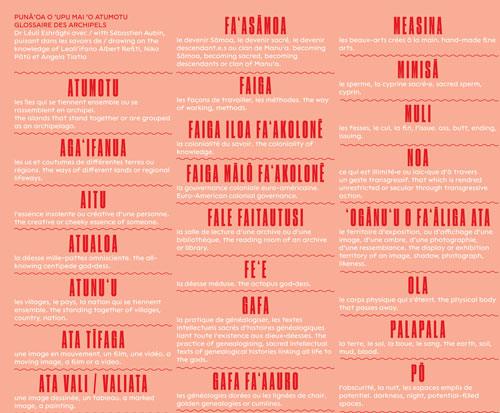
In 2019 I composed a poster form multilingual guide in Sāmoan, French and English called Punāʻoa o ʻupu mai ʻo atumotu/Glossaire des archipels to represent currents of thought and action in international Indigenous visual cultures. I worked with my friend, celebrated Nêhiyâw typographer and graphic designer Sébastien Aubin, to render my learnings from a constellation of mentors, knowledge keepers and sources during my doctoral research into international Indigenous curatorial practice into a poster form multilingual guide. The work draws on extensive discussions, residencies, exhibitions, gatherings throughout 2015–18 across the Great Ocean from north‑eastern North America to south‑eastern Australia.
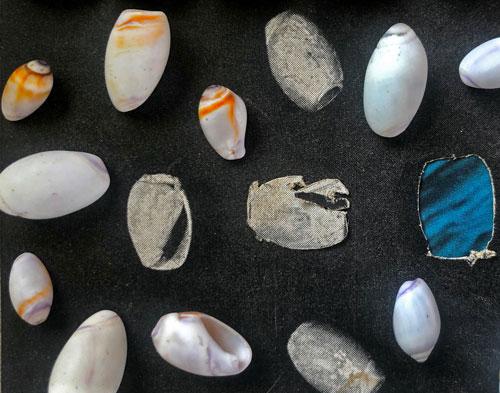
kʔimitʸɨ, we are far away.
tsʔiqɨʔ, the tides are low.
qšimuʔ, like many words in tɨnɨsmuʔ tiłhinktitʸu, explains a story rather than a fixed or singular vocabulary. Olivella biplicata has a gorgeous shell, with colours that smoothly transition from stark white to milky lavender to rich honey golds, in combination or alone, along a softly curving spire. A being reflecting spiritual wealth and a symbol of exchange from our homelands spanning mountain ranges east to nitspu nakota ktitʸu, south well beyond recently imagined lines of occupying nations, and along margins of the sea north to nitspu unangan ktitʸu, qšimuʔ grounds yak titʸu titʸu yak tiłhini in a vast network of relation. yakʔitɨnɨsmuʔ wa yakʔitotomol, which echo the cadence, vocabulary, and sewn-planks of many other nations, extend these connections well across łpasini, the one ocean.
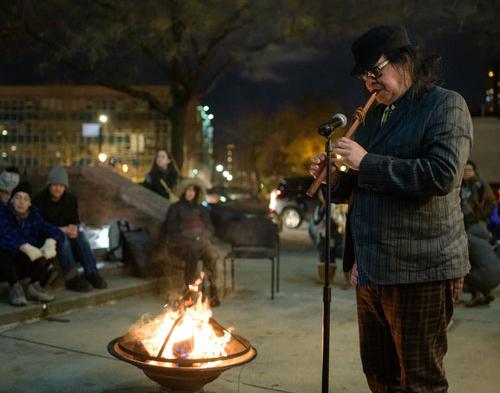
On a night in the woods north of Tallahassee at Pine Arbor Tribal Community, Mvskoke scholar, linguist and elder Sakim told me that in Muscogee (Creek) cosmology, what we know of as the Milky Way is the path of ancestors—and he said, “I think we all know, our bodies are stars.” And the belt of Orion? It isn’t a belt. And it isn’t Orion. It’s a butterfly. And the belt part is actually the juicy middle part of the butterfly. And the top wing is this world and the bottom wing is a reflection of this world. And then there’s that liminal, juicy line. So there’s always you, and there’s always the reflection of you, in play.

As people walk down that little wharf towards the canoe, I hope they remember how it was back in the day and how our old ancestors used to live and survive. And I want them to think back and imagine if they can, the women out in the canoes, and what it would have looked like and how beautiful it would have looked like with the fires going and we must not forget them, our ancestors. They were some special people. Because all the thousands of years they lived here says it all. It just says it all, how powerful and strong they were. And survivors… still survivors today.
Phyllis Stewart
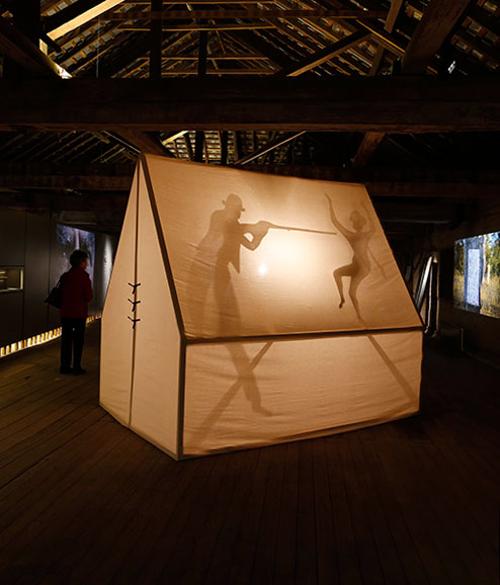
A couple of years ago I quipped to my friend Alec Coles, who had recently taken up the position of CEO at the West Australian Museum, that the spirit of terra nullius lurks beneath the floorboards of every museum and art gallery in Australia. Apparently, he has dined out on this slightly parsimonious comment once or twice since. Alec likes to raise the stakes in discussions with his colleagues about the responsibilities that history demands of them as leaders of major collecting institutions—each with its own problematic legacy in terms of respecting and representing Indigenous culture.


